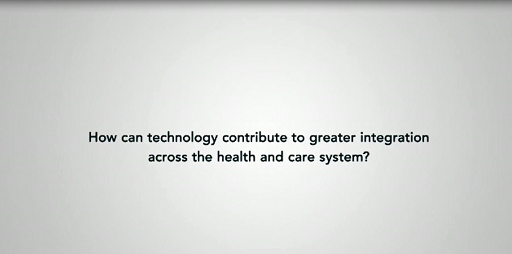3 Why are digital technologies important?
There are a range of advantages and disadvantages of technology in health and social care. For now, this section will look at the advantages.
Imison et al. (2016) suggests that there are seven opportunities for the productivity and quality of care.
- More systematic, high-quality care
- More proactive and targeted care
- Better co-ordinated care
- Improved access to specialist expertise
- Greater patient engagement
- Improved resource management
- System improvement and learning.
Decision support tools for clinical decision making could improve the quality of care, and the use of electronic observations alongside laboratory tests can help to identify patients whose condition is deteriorating and thus improve productivity and care delivery. Remote community monitoring can improve access to services and electronic patient records can enable professionals from different areas of health and social care to access the right information at the right time and improve access to specialist expertise.
Technology can also promote better engagement with service users through the use of online networks and mobile applications. To help staff and managers, electronic rotas and mobile working can help to manage resources more effectively and efficiently. Finally, it is possible to use technology such as simulation in the education of health and care professionals. For example, the University of Derby have an immersive interactive Clinical skills simulation suite [Tip: hold Ctrl and click a link to open it in a new tab. (Hide tip)] that imitates a real ‘hospital ward’ and where students are able to make decisions about care in a ‘safe’ environment.
Activity 3 The potential of digital technology for integrating care
Watch the following video, which discusses ‘the role of technology of care integration’, and make some notes in the box below about what you see as the advantages of electronic records. Understanding the advantages for integrated care will help you later in this course when examining the challenges of implementation and when exploring some of the innovations across the UK.

Transcript: Video 2 Role of technology in care integration
Discussion
This video provided some examples of integrated patient records from different parts of the United Kingdom. Digital technologies are essential for progression of integrated care, sharing patient information between different agencies and organisations so that the information is available in the right place at the right time. Integrated digital care records are an example of how this can improve patient care, reduce costs and promote efficiency.
